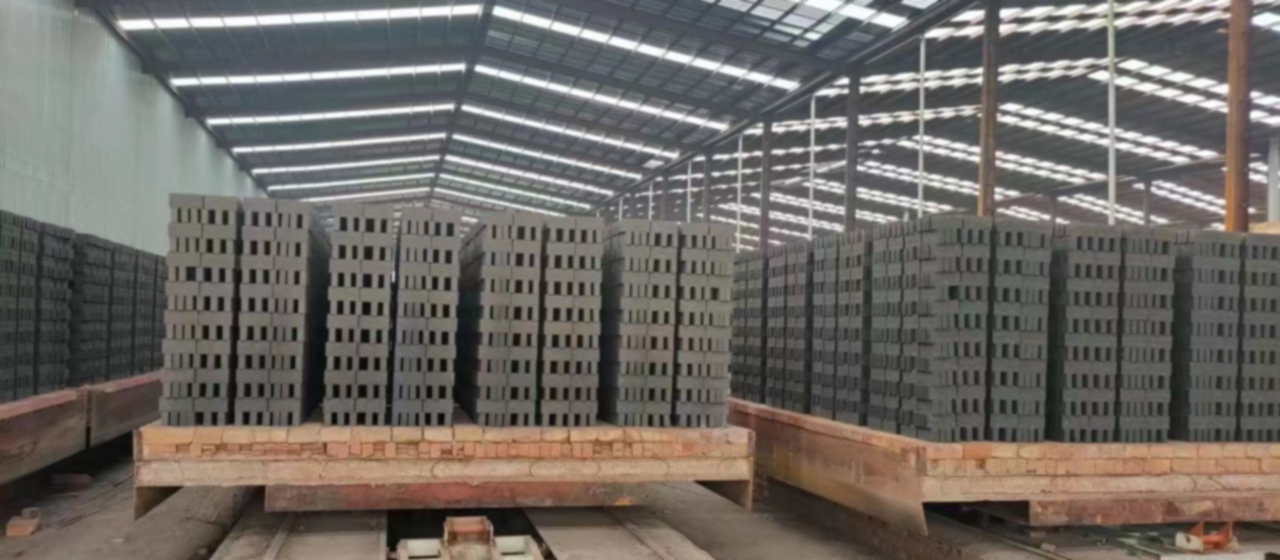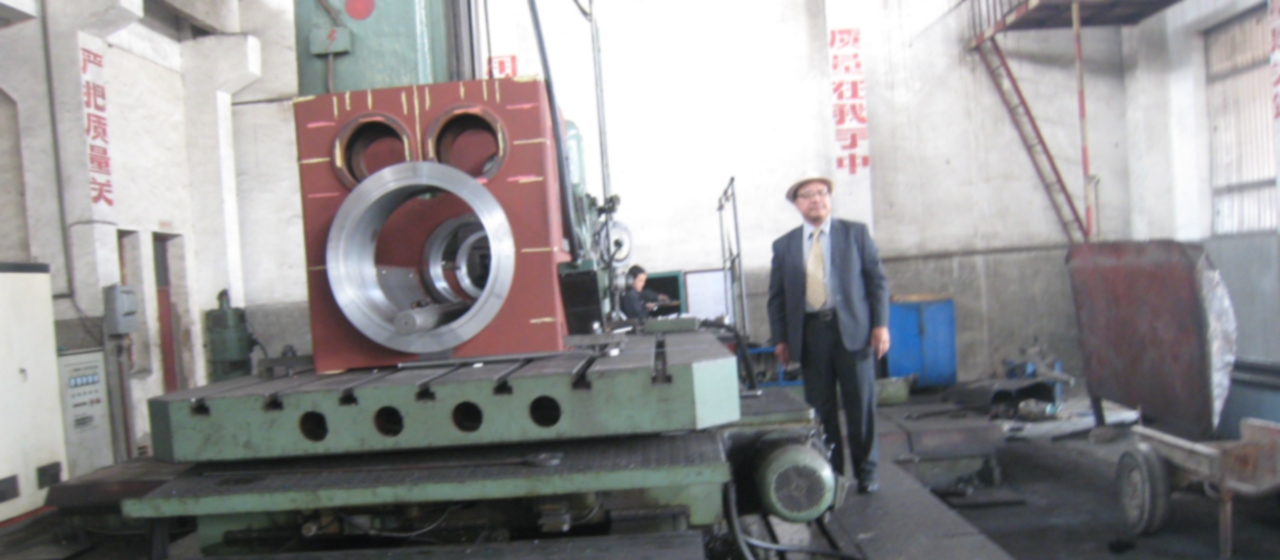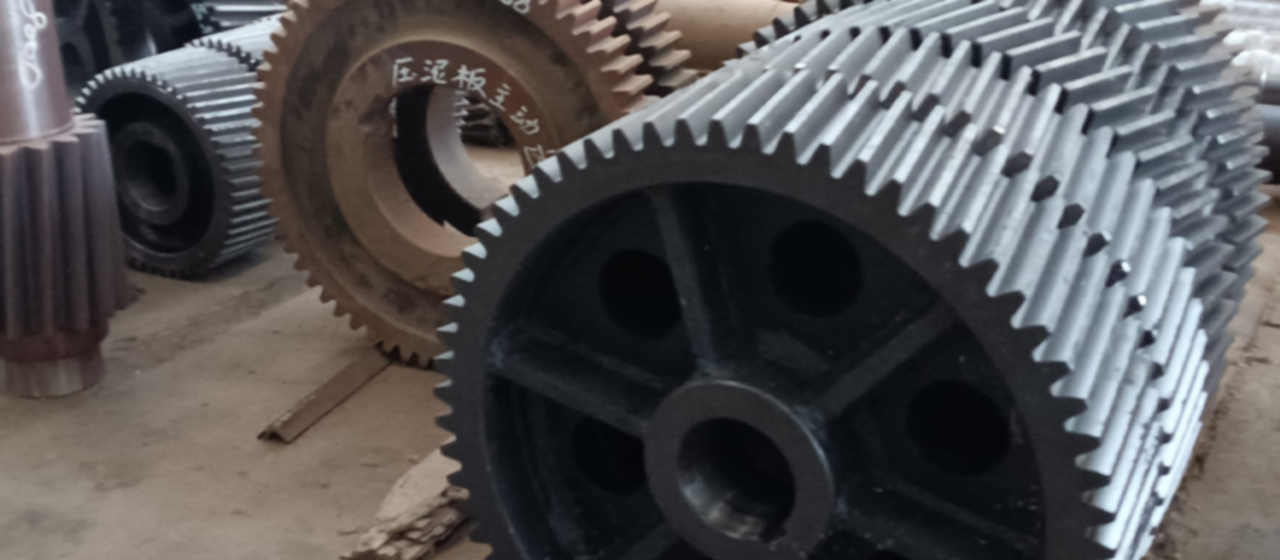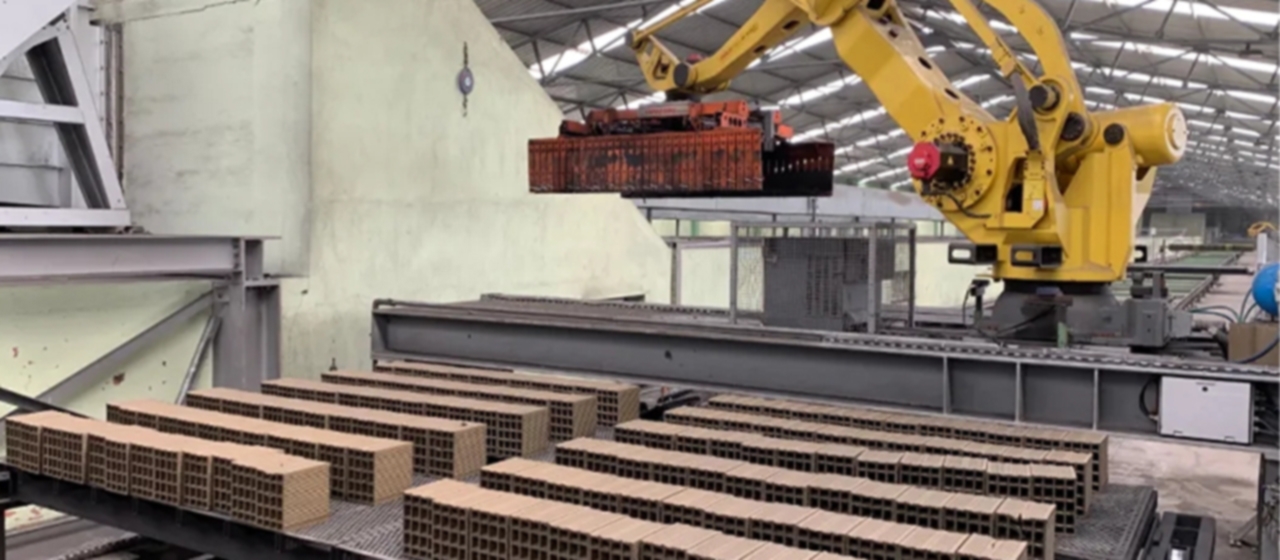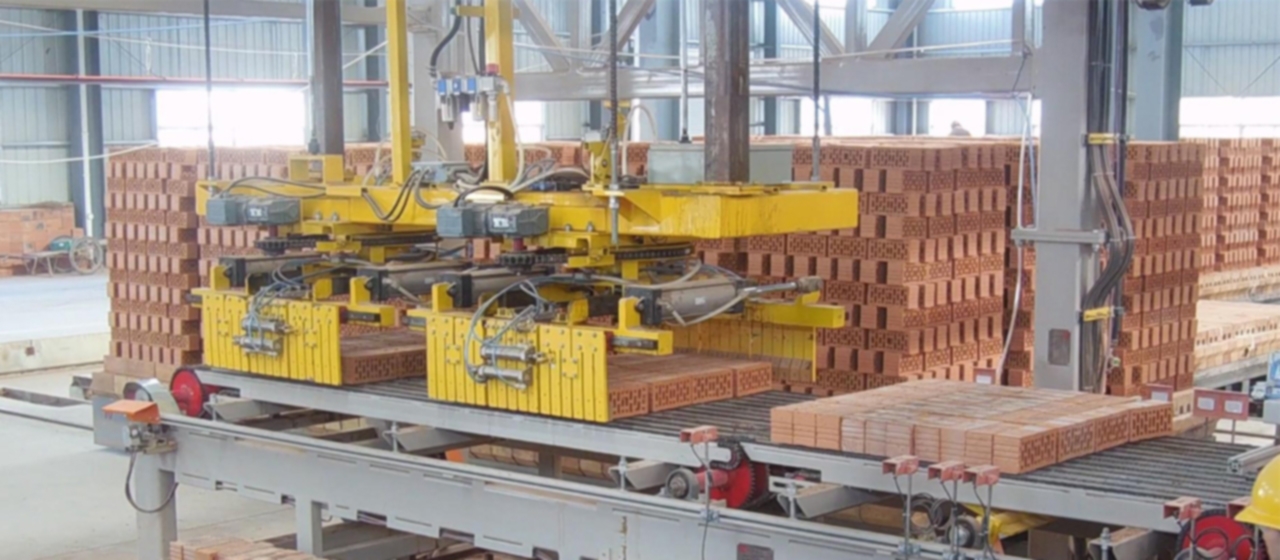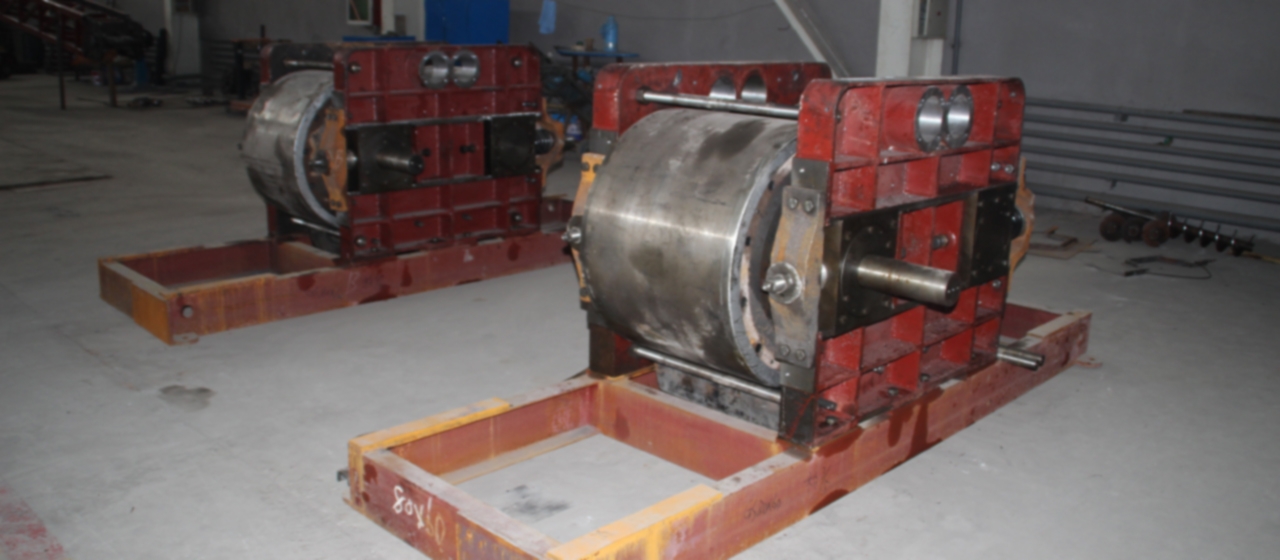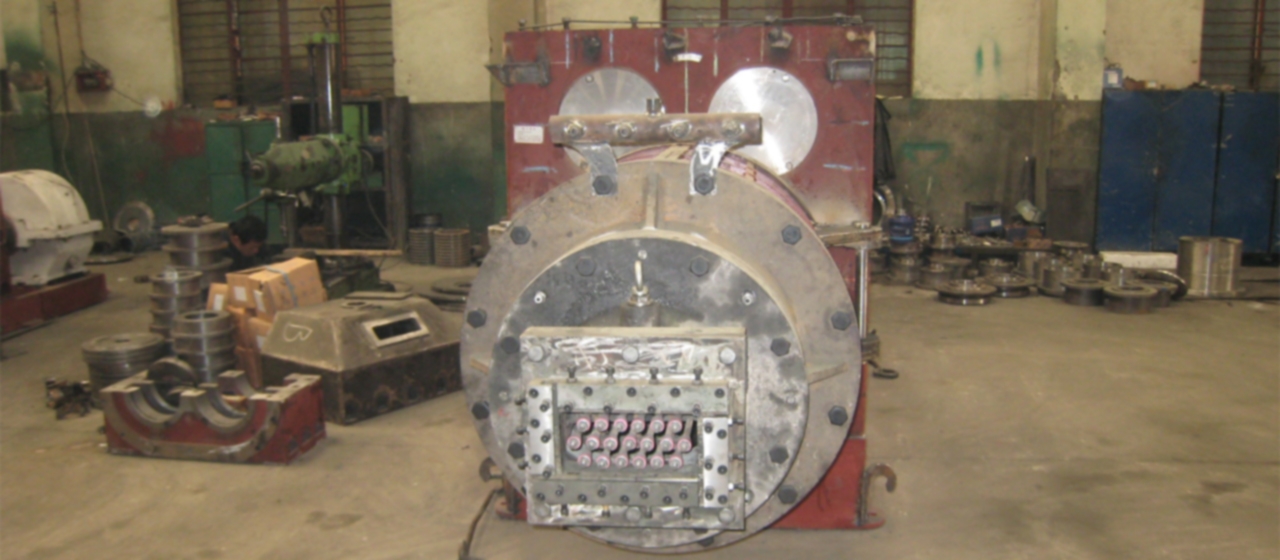Schamottesteine mit Kohlegangart und Flugasche in China
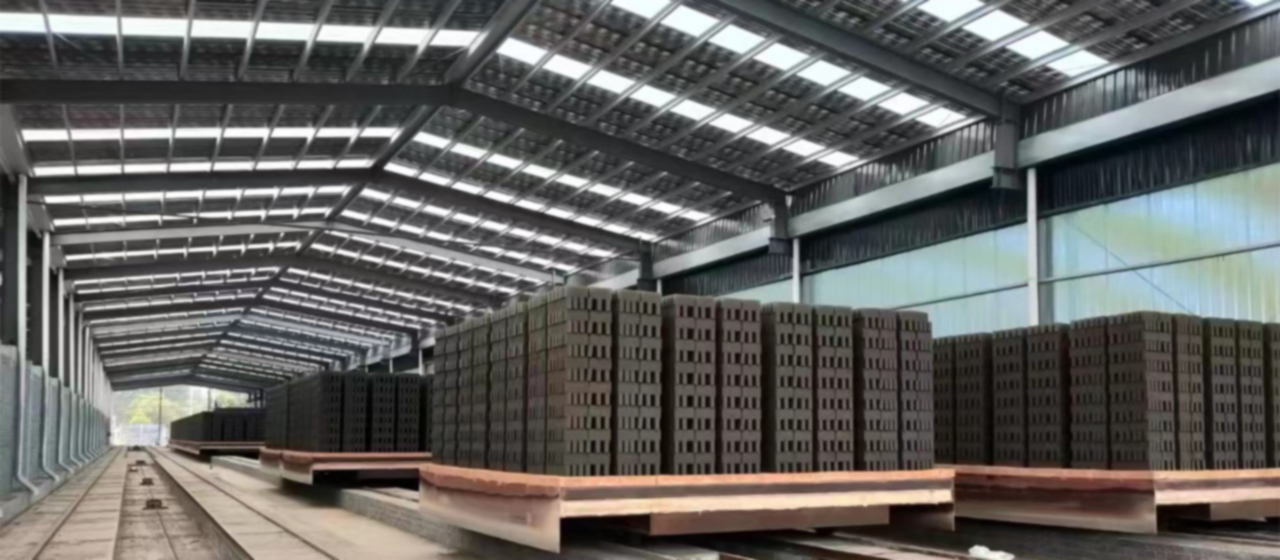
Einführung in die Gefahren und die umfassende Nutzung zweier fester Abfälle, Kohleganggestein und Flugasche
2.1 Impact on the ecological environment
Coal gangue is piled up like a mountain, schwere Schäden für die Umwelt verursachen, Ökologie, und die Sicherheit des Lebens der Menschen. Die anorganischen Bestandteile des Steinkohlengangs sind hauptsächlich Siliziumoxide, Aluminium, iron, calcium, and magnesium, but there are also trace heavy metal elements such as P, Hg, Sn, Cu, Zn, As, Cr, etc. The stockpiling of a large amount of coal gangue not only occupies a large amount of scarce land resources, but also releases sulfides to pollute the environment, farmland, and groundwater. The accumulation of a large amount of storage over time and the increase in temperature due to internal heating will result in dense smoke in the coal gangue yard due to spontaneous combustion, releasing a large amount of harmful gases such as CO, CO ₂, SO ₂, H ₂ S, NO Å in the air, with SO ₂ being the main pollutant. The massive emission of harmful gases not only endangers the surrounding environment and air quality, affects the physical health of the mining area and nearby residents, but also affects the surrounding ecological environment, causing slow growth of trees, severe crop yield reduction, und in schweren Fällen, tree and crop death. In addition to combustion, heavy metals are acid water generated by rain erosion, which flows into rivers or infiltrates into soil, causing groundwater and Soil contamination pollution. Another characteristic of coal gangue stored in the open air is its susceptibility to weathering and fragmentation. Some form fine particles of ash after spontaneous combustion, which undergo a series of complex reactions such as oxidation, decomposition, dehydrogenation, and condensation to form carbon black, Flugasche, and particulate suspended solids, forming haze and directly affecting the local environment and people’s health.
Flugasche, like coal gangue, is widely piled up in many places. Encountering strong winds and flying coal ash is a prominent environmental pollution problem that many places urgently need to solve. China hat sich zu einem wichtigen Kohleproduzenten und dem Land mit dem höchsten Kohleverbrauch weltweit entwickelt, sowie das Land mit dem größten Kohleverbrauch zur Produktion von Abfallflugasche. Aufgrund der Tatsache, dass Flugasche, die bei der thermischen Stromerzeugung entsteht, zur größten Verschmutzungsquelle für Industrieabfälle geworden ist, Auch das Einbringen von Flugasche erfordert den Einsatz großer Landflächen, was zu einer Verschwendung von Landressourcen führt, und kann negative Auswirkungen auf die Umgebungsluft haben, Wasserqualität, und Boden.
2.2 Overview of Comprehensive Utilization
Large amounts of land acquisition or the discharge of coal gangue and fly ash in mountain valleys will become history, and its way out is resource utilization. In the past 20 Jahre, the government has issued many regulations, documents, and policies to promote the comprehensive utilization of coal gangue, providing strong support in finance and taxation, and continuously improving the comprehensive utilization rate of solid waste. In 2019, the comprehensive utilization rate of large comprehensive solid wastes will reach 55%, 5 percentage points higher than that in 2015, of which the comprehensive utilization rate of coal gangue and fly ash will reach 70% und 78% respectively [1]. Although satisfactory results have been achieved, there is still a significant gap compared to some developed countries. According to online materials from China Building Materials Industry Planning and Research Institute and Huajing Industry Research Institute, the utilization rate of coal gangue and fly ash in Japan is very high. Taking fly ash as an example, it reached as high as 98.3% in 2011, and the added value of utilization is also high, with cement being the dominant factor, accounting for 67.13%; Civil engineering accounts for 13.58%; Building panels, lightweight aggregates, and others account for 17.59%. In 2016, the utilization rate of fly ash in Europe was 83.4%, which not only had a high utilization rate but also diversified utilization channels. By 2016, fly ash in Europe had been basically utilized, mit 40.8% als Betonzusatzmittel verwendet werden; 17.0% Zement in Beton ersetzen; 16.4% für Straßenmaterialien; 5.5% für Betonsteine; 3.7% für andere. In den frühen 1970er Jahren, Deutschland, Frankreich, und andere Länder erreichten eine umfassende Auslastungsrate von 30% zu 50% von Kohleganggestein. In den 1960ern, Japan verwendete im Baubereich gesinterte Leichtzuschlagstoffe aus Kohleganggestein, Reduzierung des Gebäudegewichts um 20%, Sein Beitrag zu Leichtbauwänden ist daher besonders wichtig.
2.3 Anwendung in der Wandmaterialindustrie
In entwickelten Ländern, bereits Anfang der 1960er Jahre, Deutschland, Frankreich, and Japan comprehensively utilized coal gangue and fly ash to produce various wall materials, which were widely used in construction projects. China introduced the technology of coal gangue and fly ash internal combustion bricks in the 1960s, with the aim of saving coal and reducing costs. In the 1970s, coal gangue and fly ash have become the main internal fuels, gradually developing into coal gangue and fly ash as the main internal combustion, supplemented by external coal. In the process of developing coal gangue and fly ash internal combustion bricks, the Ministry of Raw Materials holds various forms of study classes and achievement promotion and exchange activities on the production of various wall materials using coal gangue and fly ash. Before 1980, wall material brick and tile enterprises were mainly state-owned, and many state-owned brick factories created many technical experience and practical achievements in coal gangue and fly ash internal combustion bricks. Taking the utilization of coal gangue as an example, a production line with a design capacity of 15 million pieces of coal gangue bricks was built in the original Neijiang Machine made Brick and Tile Factory in 1973.
If we say that coal gangue and fly ash were only used as internal combustion materials around the 1960s, and the amount of utilization was very small, then it was only after the 1970s that a large number of coal gangue and fly ash were used as the main raw materials to produce wall products. The products were mainly solid bricks, but also porous bricks, Concrete masonry unit and hollow blocks. The earliest successful trial production of coal gangue bricks was carried out by Sichuan Yongrong Mining Bureau, and the Shigu Coal Mine in Gaoming City also built an annual production line of 15 million coal gangue bricks in the 1970s. In the 1980s, coal gangue and fly ash wall materials products developed rapidly. Mit der kontinuierlichen Verbesserung der Technologie für gesinterte Wandmaterialprodukte aus Kohle, Ganggestein und Flugasche und der Erweiterung des Produktionsumfangs, Das Ausrüstungsniveau scheint nicht in der Lage zu sein, mit den Entwicklungsanforderungen von Steinkohle- und Flugascheprodukten Schritt zu halten. Ende der 1980er Jahre, China begann eine Phase der Einführung, Innovation, und Weiterentwicklung. Shanxi, Shandong, Ningxia, Anhui, Heilongjiang und andere Provinzen haben Anlagen zur Herstellung von Wandmaterialien unter Verwendung von Steinkohle und Flugasche aus den USA eingeführt, Deutschland, Italy, and others. With the approval of the former State Economic and Trade Commission [2], a production line with an annual output of 60 million coal gangue Concrete masonry unit was introduced in Shuangyashan, Heilongjiang Province. Technically, it is required to make bricks from all coal gangue, and the assembled tunnel kiln is fired by ultra internal combustion. The product quality is Concrete masonry unit and porous load-bearing clean water wall bricks, and truly achieve “no soil for brick making, no coal for brick burning”. Das Produkt ist von hoher Qualität. Dieses Einführungsprojekt hat starke Unterstützung und hohe Anerkennung von den zuständigen zentralen Ministerien und Kommissionen erhalten, was heftige Reaktionen innerhalb der Branche hervorrief. Die Produktionslinie für Kohle-Ganggestein verwendet einen einmaligen Sinterprozess und einen Super-Verbrennungs-Kohle-Gangge-Sinterziegelprozess. Seine Ausrüstung, Der Kaizhuang-Tunnelofen und die Super-Verbrennungsrösttechnologie wurden vollständig verdaut und innoviert, and its research and development achievements have won the second prize of the National Science and Technology Progress Award. It has been widely promoted and applied in China, making important contributions to the comprehensive utilization of coal gangue in the wall material industry in China. Provinces and cities with coal gangue have basically successfully built production lines, rapidly increasing the annual production of coal gangue wall material bricks nationwide to over 200 billion standard bricks. The annual output of sintered products in China’s wall material industry is more than 810 billion pieces [3], of which the bulk solid wastes such as coal gangue and fly ash, environmental protection and other new wall material products have developed rapidly in recent years, with an annual output of nearly 600 billion pieces, becoming the largest solid waste comprehensive utilization industry in China. The annual utilization of solid waste has exceeded 135 million tons, and the annual energy saving has reached 32 million tons of standard coal. The main fuel used for sintered brick and tile products is bulk solid waste such as coal gangue and fly ash. Die externe Nutzung fossiler Energieträger wie Kohle und Erdgas ist sehr gering. Die Abfallenergie wie Kohleganggestein und Flugasche macht mehr als aus 80%, während Kohle und Erdgas nur weniger als ausmachen 80%. Dies hat zur umfassenden Nutzung fester Abfälle sowie zur Energieeinsparung und Kohlenstoffreduzierung in der gesamten Baustoffindustrie beigetragen.

